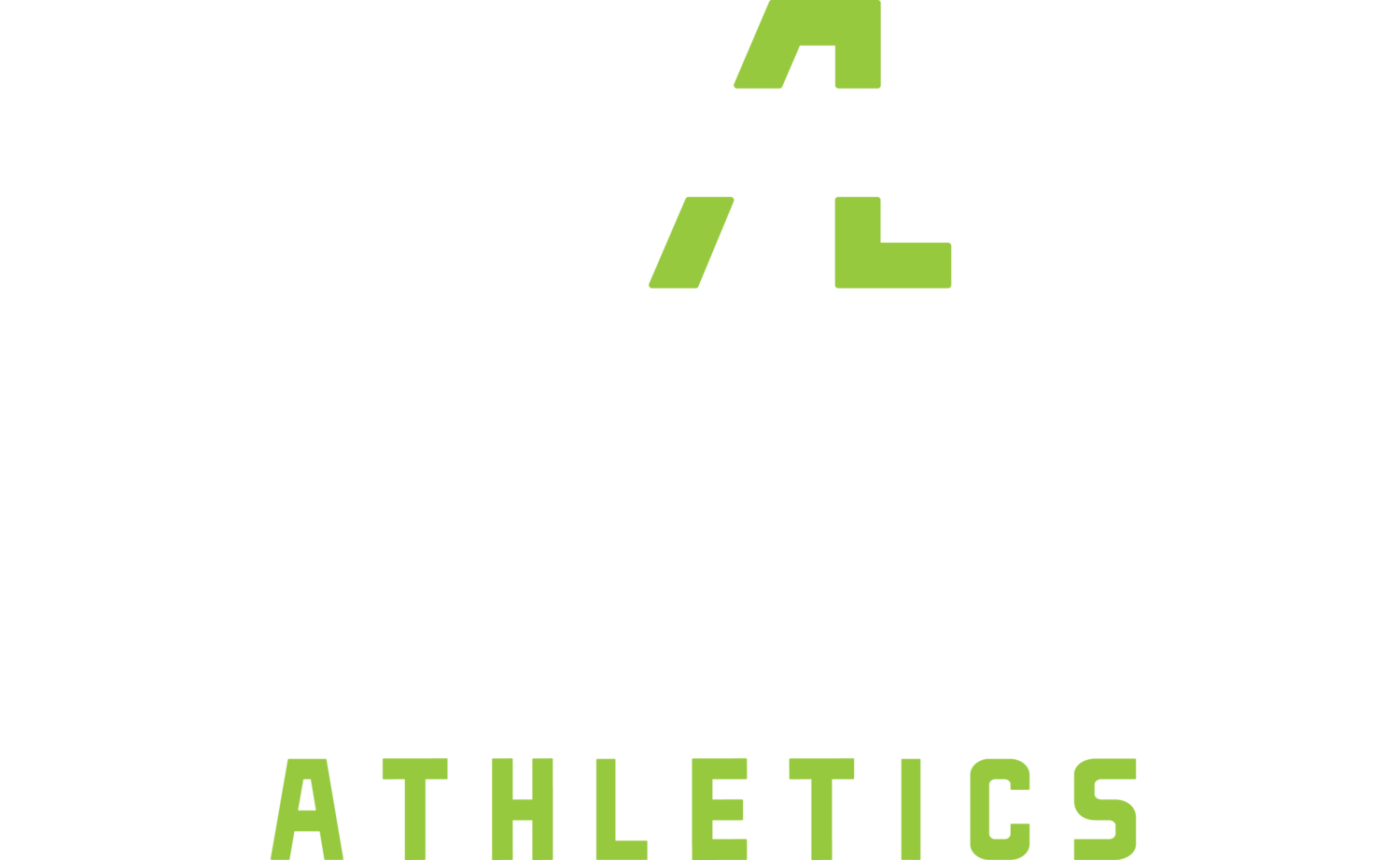In a few months, after most of the heat in this town has subsided, October 16th will be full of runners making their way through down-town for the Columbus Marathon. This will be the 37th anniversary of the Nationwide Children’s Hospital Columbus Marathon. Roughly 18,000 athletes will compete in either the half or full event. If you’re a native of Columbus and are a runner, chances are this will be the event you’re training for.
For many years, endurance athletes have had conflicts regarding the role of resistance training. Despite the countless research conducted on resistance training and it’s benefits, coaches, parents, and the athletes have never wanted to bridge the cap between the two. “Won’t I get better at running if I just run more?”, most athletes (and their parents) might ask. The answer is no, or us at The Spot Athletics would have no career.
The primary goal for any strength and conditioning program should always be injury prevention. It doesn’t matter how strong you become if you get injured and cannot compete in your sport.
Depending on how far back you read in the research, there have been studies that show an inverse relationship between how much you’re training, and the muscle growth, strength, and power adaptations you receive. Now, we are finding more and more that resistance training along with endurance training can increase your performance to a greater extent than endurance training alone (2).
What is endurance?
Endurance in sport has been defined as the ability to maintain or repeat a given force or power output (1). We always hear the term “V O2 Max”, but what does this mean in relation to your endurance? Your V O2 Max is the greatest rate at which oxygen can be taken in and used during exercise. (3), or aerobic power output. To give you an idea, the most elite endurance athletes range from 71-75 ml/kg/min(1). But requirements for the endurance athlete surpass aerobic power and should include muscular strength, and anaerobic power (your body’s way of producing muscular power without oxygen). This is where strength training along with endurance training come into play.
For many years, endurance athletes have had conflicts regarding the role of resistance training. Despite the countless research conducted on resistance training and it’s benefits, coaches, parents, and the athletes have never wanted to bridge the cap between the two.
Christina Murphy winner of Columbus Marathon (2013) with an Olympic Trials qualifying time of 2:39:15
What is strength and why do I need it?
Strength is the ability to produce force (1). Now, when we produce force along with velocity (think of this as distance over time), we become powerful. Basically, the stronger you become through resistance training, the more power you generate, thus increasing your power output. Getting stronger WILL take seconds off your time. Your running becomes more efficient, and since your V 02 Max has increased, you’re able to exchange oxygen more efficiently as well.
Concerning “bulkiness”:
Gaining body mass has always been a concern among endurance athletes. The benefits of strength training concurrently with endurance training is that there will be a lower degree of muscle hypertrophy but still increases in strength. Depending on the frequency of both strength training and endurance training, the muscle hypertrophy, maximal strength, and power output can be diminished when trained together. So, to you all you runners, swimmers, or cyclists out there who are afraid of “bulking up” when training, your endurance training makes this difficult to do. You will gain what research calls “task specific hypertrophy” which will actually help your performance. (2).
Injury Prevention
The primary goal for any strength and conditioning program should always be injury prevention. It doesn’t matter how strong you become if you get injured and cannot compete in your sport.
According to the American College of Sports Medicine, resistance training is the number one most effective way to increase bone mineral density. With one of the most common injuries among endurance athletes are stress fractures, resistance training can prepare the bones to adapt to the stress placed upon them. Connective tissue (ligaments and tendons) and muscular tissue become increased in size and strength, therefore creating a bigger collagen content within the connective tissue sheaths. All in all, this means the greater collagen content you have, the more new cells you can reproduce within the muscles, increase your healing power.
Remember these key points:
Power = force x velocity.
Strength=force. The stronger you become, the more power output you will generate.
The more powerful you are, the more distance you can cover in an efficient manner.
You will NOT become bulky from resistance training, especially while simultaneously endurance training.
Your body is #1. Treat it that way by giving yourself the healing power of resistance training along with your endurance training.
Ok...So what next?
My second part in this article series will be on the execution of these programs including training volume and intensity. So stay tuned!
References:
1. Bazyler C, Abbot A, Bellon C, Taber C, Stone M. Strength training for endurance athletes: theory to practice. Strength and Conditioning Journal. 37(2): 1-12, April 2015.
2. Losengard T, Mikkelsen K, Ronnestad BR, Hallen J, Rud B, and Raastad T. The effect of heavy strength training on muscle mass and physical performance in elite cross country skiers. Scan J Med Sci Sports 21:389-401,2011.
3. Prentice W. Arnheim’s principles of athletic training: a competency based approach. New York, New York: McGraw-Hill, 2009.



